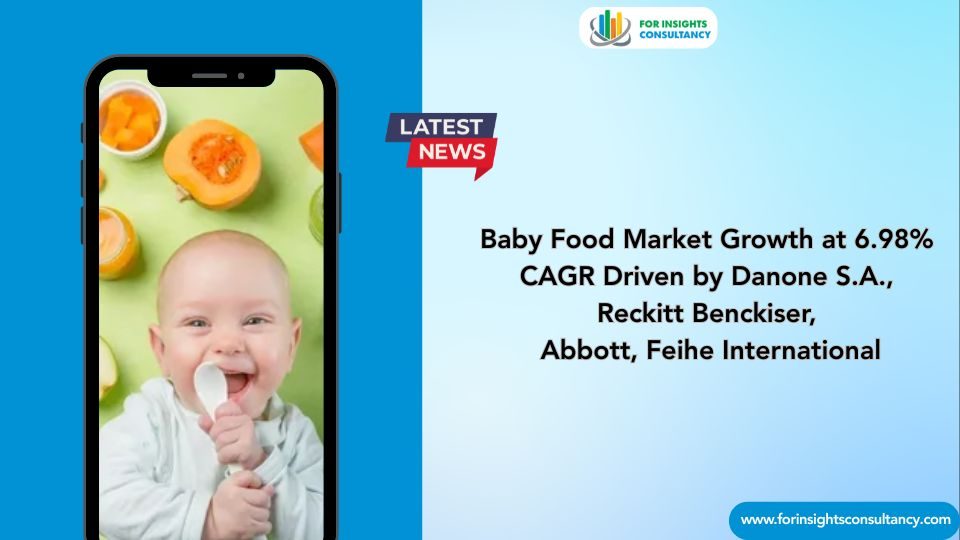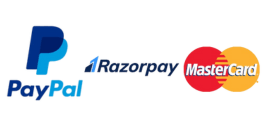What trends are driving growth in the Baby Food Market?
The baby food market is really taking off right now because more parents understand that good nutrition is key to strong early development. Moms and dads are leaning toward organic, non-GMO, and overall super-nutritious baby food, and companies are listening. They’re rolling out new flavors and textures and even cool, more convenient packaging that parents love. Online shopping is booming, too, so busy parents can order everything they need without leaving the house. Since there’s still tons of new research coming out on the best baby feeding practices, the baby food market looks set to keep growing for quite a while.
Who are the Major Players Operating in the Baby Food Market?
Key Players in the Baby Food Market include Nestle, Danone, Abbott Laboratories, Kraft Heinz, H.J. Heinz Company, Beech-Nut Nutrition Corporation, Hero Group, Gerber Products Company, Ella’s Kitchen, and Plum Organics. These companies are leading the market with a wide range of baby food products catering to the nutritional needs of infants and toddlers. They are continuously innovating their product offerings, focusing on organic, natural, and nutritious options to meet the demands of health-conscious parents. With their strong distribution networks and brand recognition, these key players are shaping the competitive landscape of the baby food market globally.
Segmentation of Baby Food Market Research
Segment By Category
- Organic
- Conventional
Segment By Type
- Milk Formula
- Dried
- Ready-to-Feed
- Other
Segment By Distribution Channel
- Drugstores/ Pharmacies
- Supermarkets/Hypermarkets
- Convenience Store
- Online Channels
- Other Distribution Channels
Which regions are driving growth in the Baby Food Market and why?
North America:
More parents in North America want to feed their babies better, they have more money to spend, and they’re moving to cities, so baby food sales keep going up. The U.S. is the biggest part of this market, and Canada is second. In the U.S., more parents are asking for organic and natural food for their little ones because they want clean labels and good ingredients, and Canada is also seeing more interest in organic baby food.
Europe:
Europe already has a solid baby food industry, with the U.K., Germany, France, and Italy in the lead. The market is growing because busy parents want easy, travel-friendly meals for babies, and they also care about nutrition. Organic and premium baby food lines are growing fast because more people know how good organic ingredients are and want to make food in a way that is good for the planet, too.
Asia Pacific:
Baby food sales in Asia Pacific are flying high right now because more babies are being born, more people are moving to cities, and families have more money to spend in places like China, India, Japan, and South Korea. The big crowd in these countries means a steady appetite for baby food. China is at the top, with India right behind, as parents like the convenience of store-bought, well-known brands. Japan is also a big player, with parents willing to pay more for top-notch quality.
Middle East and Sub-Regions:
The baby food market in the Middle East is moving up steadily, and Saudi Arabia, the UAE, and Qatar are the clear leaders. Growth is happening because there are more expats moving in, people are learning more about why early nutrition is key, and western eating habits are being adopted. Saudi Arabia holds the biggest chunk of the market, and right after is the UAE, where organic and premium baby food are becoming must-haves. Qatar is also hopping on the bandwagon, with parents paying more attention to healthy and nutritious options for their little ones.
Contact Us:
If you have any queries about this report or if you would like further information, please


